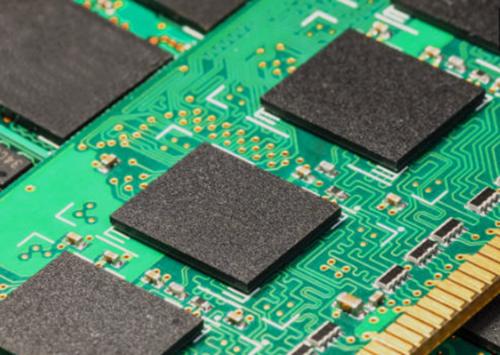PCB assembly, or Printed Circuit Board assembly, plays a pivotal role in the electronics industry. It involves mounting electronic components onto a PCB, a flat board made of insulating material with conductive pathways.

PCBs are the core of electronic devices. They form the foundation for connecting and supporting electronic components, like resistors, capacitors, integrated circuits, and others, enabling the proper functioning of the device.
Here are the key steps in PCB assembly:
- Design and Schematic: Begin by creating a schematic design outlining the circuit’s connections and component placements, guiding the assembly process.
- PCB Fabrication: Next, fabricate the PCB itself. This step involves etching conductive pathways onto the board according to the schematic.
- Component Placement: Carefully place electronic components on the PCB according to the design specifications, using either automated machines or skilled technicians.
- Soldering: Secure components and establish electrical connections by soldering—melting solder onto component leads and PCB pads.
- Quality Control: Conduct quality checks after assembly to ensure correct component placement, soldering, and proper functionality.
- Testing: Subject the assembled PCB to various tests to confirm it meets the desired performance standards.
- Packaging: Prepare the PCB assembly for packaging, making it ready for use in electronic devices.
PCB assemblies are ubiquitous in applications ranging from smartphones and computers to medical devices and automotive systems. They are the lifeblood of modern technology, providing the connectivity and functionality that drive our daily devices.
In summary, PCB assembly involves mounting electronic components onto a printed circuit board, serving as a critical process in the electronics industry. This process is indispensable, enabling the creation of the devices that power our daily lives.

